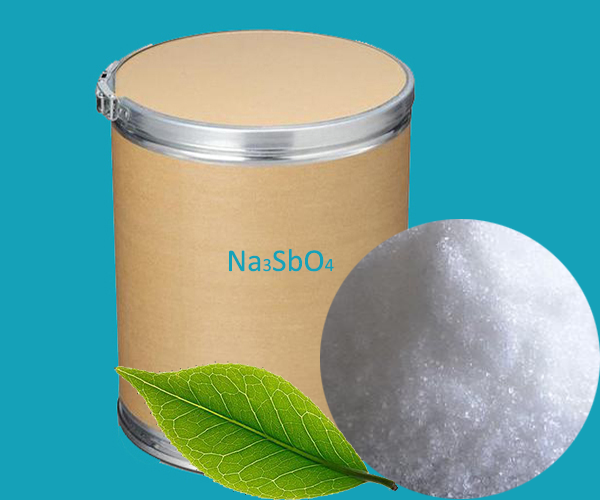Sodium antimonate, often known by its chemical formula Na3SbO4, is a vital chemical compound in several industrial processes. It is comprised of three sodium (Na) atoms, one antimony (Sb) atom, and four oxygen (O) atoms. Sodium antimonate is generally found in either a crystalline or powder form, with a characteristic white or off-white appearance.
As an inorganic compound, sodium antimonate exhibits several interesting chemical properties that contribute to its wide-ranging applications. Firstly, it’s soluble in water and strongly alkaline. Secondly, it is not a combustible substance, but it can enhance the combustion of other substances due to its oxidizing properties.
In the glass industry, sodium antimonate serves as a clarifying or fining agent, removing bubbles and imperfections from the final product. It helps to provide a higher quality and clarity to the glass, making it an essential compound in the production of certain types of optical and electronic glass.
It is used in the production of certain ceramics, contributing to both the aesthetic qualities and physical strength of the final product.
Sodium antimonate is also used as a flame retardant in certain plastic materials. This helps to reduce the risk of fires, making products safer for consumer use.
 English
English Español
Español Português
Português Français
Français Deutsch
Deutsch Русский
Русский 中文
中文 日本語
日本語
